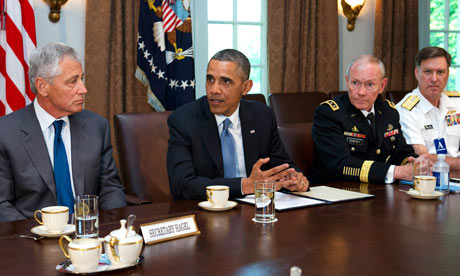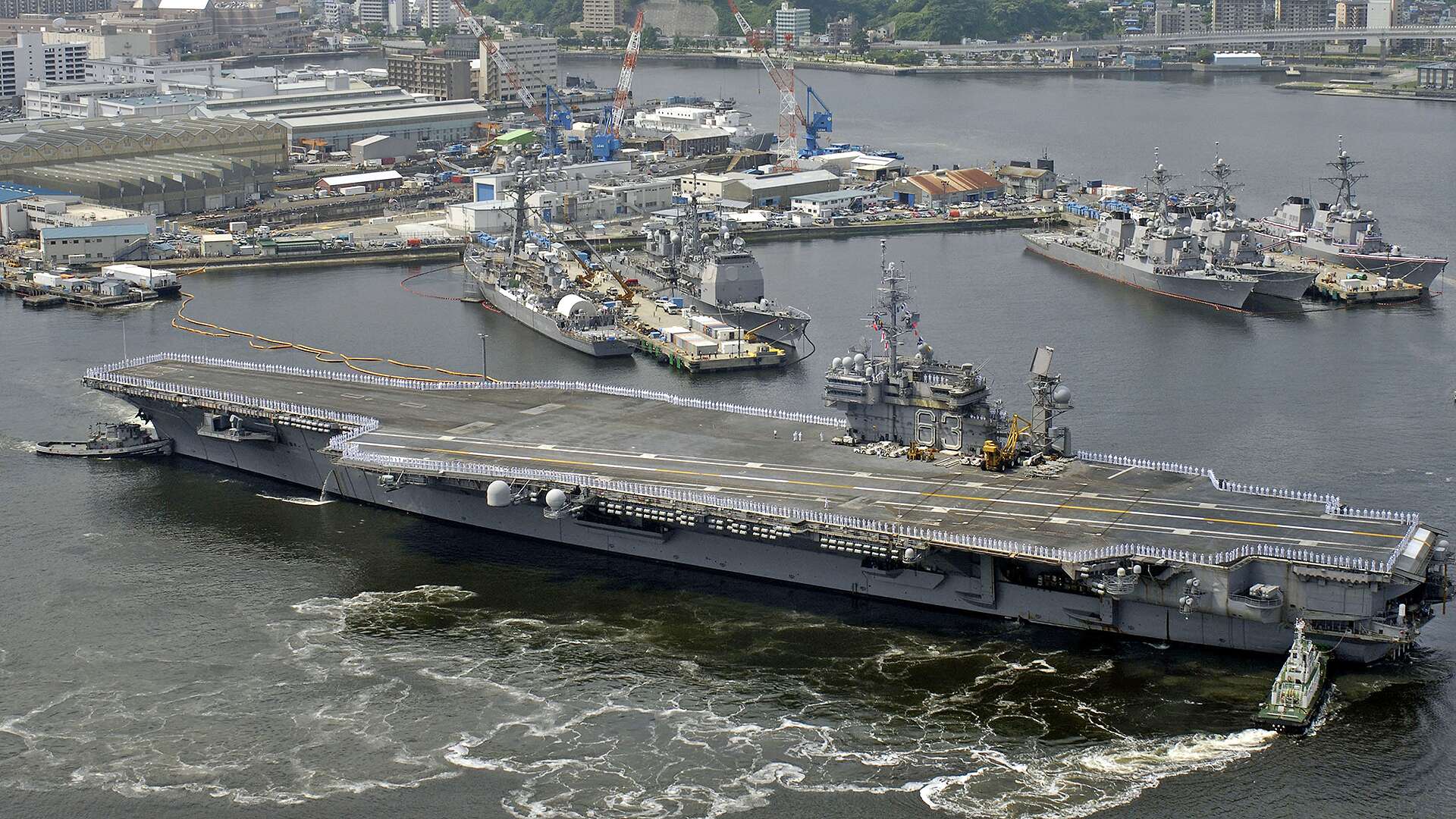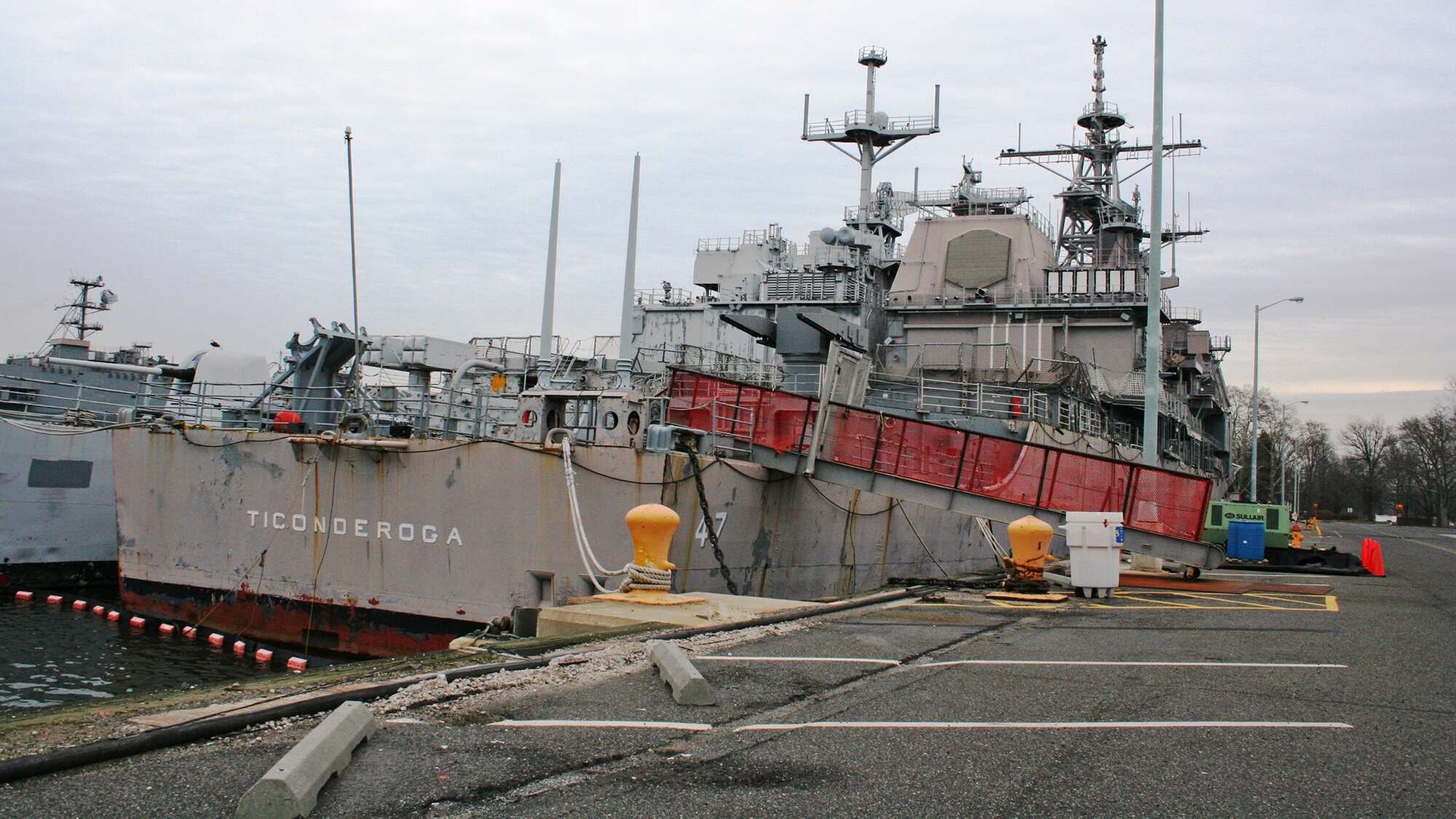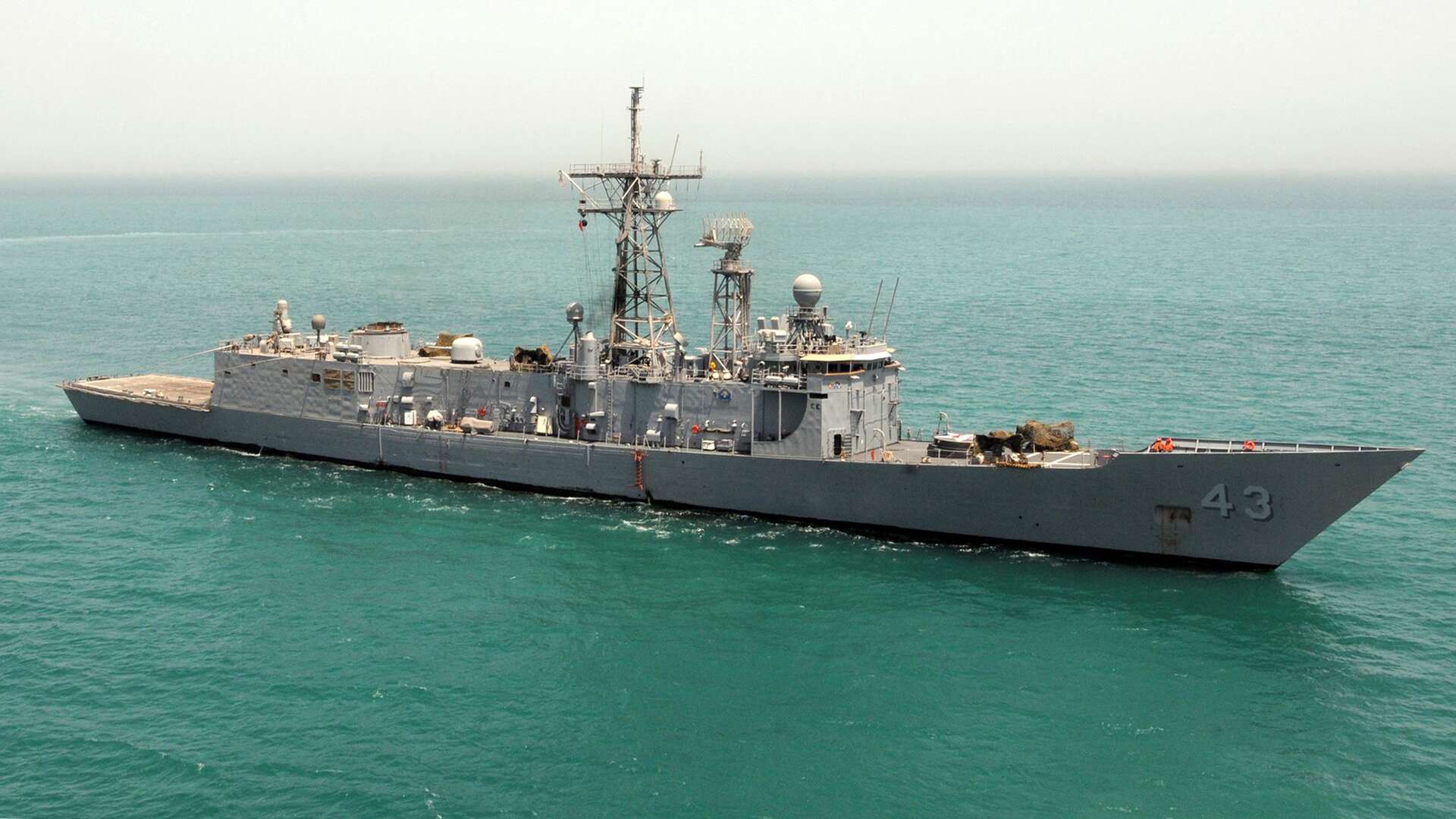Unfunded F-16 Upgrades Put Jet's Combat Value in Doubt
Taiwan, Singapore Were Banking on Now-defunded Program
February 2, 2014
As officials in Taiwan’s Ministry of National Defense (MND) were busying themselves for Chinese New Year celebrations last week, they received potentially devastating news for the Pacific nation’s air defense plans.
The US Air Force plans to defund the combat avionics programmed extension suite (CAPES) program, as budget constraints could force the service to move remaining money from CAPES to the F-16 service-life extension program (SLEP), according to sources.
While a lower profile program in the US, CAPES has huge implications for Taiwan. The program would upgrade 300 US F-16s and 146 Taiwanese F-16s with top-line avionics. While more US F-16s would receive the upgrade, the Taiwan piece represents a larger percentage of its overall fighter fleet. And without the program, Taiwan could be stuck with an aging fleet of F-16s as it continues to worry over China’s intentions.
Its largest feature would be the integration of the Northrop Grumman scalable agile beam radar (SABR) with Lockheed Martin as prime contractor.
If CAPES remains unfunded, Taiwan has several options. The first is to go forward and pay the additional costs of the program under CAPES with no financial assistance from the US. While exact costs aren’t clear, such a move seems unlikely, as Taiwan’s military is going through severe cuts and struggling to pay off previous US arms deals.
The second option is drop out of CAPES and go with South Korea’s F-16 upgrade solution with Raytheon’s advanced combat radar with BAE Systems as prime contractor. South Korea is upgrading 134 KF-16C/Ds.
The third option is to continue pressuring the US to release new F-16C/D fighters or F-35s.
“I would think this would increase the pressure on the US to approve new F-16s for Taiwan, but that option is fast disappearing if it hasn’t already,” said Ed Ross, former principal director, Security Cooperation Operations, US Defense Security Cooperation Agency (DSCA). “All that would leave for Taiwan would be F-35s and, frankly, I don’t believe the US will ever approve F-35s for Taiwan.”
Ross said the technology is too sensitive, “and there is a growing fear in Washington of US technology falling into Chinese hands one way or the other.”
Ross said better relations between Beijing and Taipei has had unintended consequences, “one of which is the reduction in high-tech arms sales to Taiwan.”
Getting SABR into Taiwan’s aging fleet of F-16A/Bmodels would provide a large jump in capabilities. Since 2006, the US has repeatedly denied Taiwan’s request to buy 66 F-16C/D fighters due to political pressure from China. Instead, the US successfully pushed the CAPES option, despite Taiwan’s objections to being stuck with paying for non-recurring engineering costs on the integration of SABR.
Taiwan was sold on the CAPES program after the US emphasized the importance of having compatible systems during a war with China. In 2011, Taiwan signed up for the $5.3 billion program for its remaining 146 F-16A/B fighters purchased in the 1990s.
Fu Mei, director of the Taiwan Security Analysis Center, said the importance of the crisis is lost on MND officials, who are clearing their desks in preparation for week-long celebrations that will usher in the Year of the Horse.
MND officials denied the report that the program is defunded, while a US Air Force spokeswoman declined to comment on budget details ahead of its release on March 4.
“My guess is that the [Air Force] will do its best to come up with a solution, but Taiwan may not be able or willing to afford it,” Ross said.
“I expect, at best, this will cause a major delay in the program,” he said. “Worst-case scenario, the F-16 upgrade program gets canceled or indefinitely delayed and Taiwan is left with an aging fleet of A/Bs.
“With no new F-16C/Ds approved for Taiwan, its Air Force is up a creek with not much of a paddle; and I’m not sure there is anyone in the Obama administration that gives much of a damn,” said Ross, president of the consultancy EWRoss International.
One potential cost-sharing option could still come into play. On Jan. 14, DSCA informed Congress of a possible upgrade of 60 Singapore F-16C/Ds for $2.43 billion. The program would include 70 active electronically scanned array radars.
However, given the potential CAPES budget cut, Singapore might delay a decision on whether it goes with the CAPES framework or choose South Korea’s F-16 upgrade program. If the F-16 upgrade plan falls apart, Singapore could go forward more quickly with the procurement of the F-35.
If Singapore chooses to go forward with the CAPES solution without the US as a participant, it would have to share costs related to non-recurring engineering issues with Taiwan. However, this is expected to be expensive even if both Singapore and Taiwan share these costs.
Mei said the US Air Force is “counting on Singapore signing the letter-of-acceptance for their F-16 upgrade, along with the CAPES/SABR solution path, before the FY2015 budget officially comes out.”
“That way, they could claim there is some critical mass to support the development of the upgrade technology,” he said. “However, Singapore has only a relatively small number of aircraft, not enough to replace the 300 [the US Air Force] had planned under CAPES.”
Asked whether regional partners have expressed concern over the US budget situation and the impact on joint operations, Gen. Herbert “Hawk” Carlisle, the US Commander for Pacific Air Forces, said “Yeah, they definitely have.”
“Last year, we had to cancel some exercises. That was incredibly concerning amongst our friends, partners and allies,” Carlisle said in a Jan. 30 interview. “If there is any angst down here it’s [about] the budget situation we’re facing, the rebalance to the Pacific and, given the fiscal constraints that the US has, if we’re going to be able to follow through on that. I think all of our partners acknowledge that we’re trying to do that.
“But on the same hand, I think there is some concern in many nations how well we’re going to be able to do that given the fiscal constraints.”
While Carlisle would not confirm the CAPES cut specifically, he did indicate that updating the F-16s remains important.
“We would hope in this case that if it in fact comes out of the budget, it’s a slip to the program for a period of time, not more than that,” Carlisle said. “Clearly, the F-16s are going to be around for a long time, and we need to upgrade the capabilities of that airframe.”
The CAPES budget cut is symbolic in many ways of the choices the US Air Force has had to make between modernizing old aircraft and recapitalizating new platforms.
Gen. Michael Hostage, the head of US Air Combat Command, outlined the tradeoff in a Jan. 27 interview. Asked what he would do with a larger budget, Hostage highlighted modernization efforts for F-15s and F-16s.
“Honestly, I wish I had enough money to both refurbish my legacy fleet and continue to keep the replenishment on track because what I would like to have is the 1,763 F-35 fleet and then whatever residual legacy fleet I still have would still be tactically capable and be aerodynamically capable,” said Hostage, who was speaking generally and would not confirm budget specifics. “In other words, there is SLEP and CAPE.”
“If I could only do one, [SLEP] is the one I would do because I would still have something to fly, it is just going to be tactically nonviable sooner because I did not do the CAPE,” Hostage said. “If I do the CAPE only and do not do the SLEP, then it becomes unsafe to fly long before it becomes tactically nonviable.
“So, if I am going to do one or the other, I would do SLEP first. I can fly with lesser capability, but I have just become that much more dependent even sooner on a strong fifth [generation] fleet.”




 Reply With Quote
Reply With Quote Can't go having fireworks displays for the families of troops who have had to pack up and move to a place away from the homes they knew. That's a waste of money!
Can't go having fireworks displays for the families of troops who have had to pack up and move to a place away from the homes they knew. That's a waste of money! 









Bookmarks